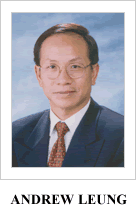World Geostrategic Interview with Josh Paul on the Israeli military’s alleged human rights violations and…
-
- China’s Economic Outlook
- How the US Keeps Fighting China, Knowing It Won’t Win?
- Placing Gaza in the Broader U.S. Foreign Policy Context: an interview with Josh Paul
- China’s Alternative Order, And What America Should Learn From It
- Global Geopolitical Scenarios Between New Planetary Order and Artificial Intelligence – Book Review
- Russia and China’s Approach to Economic Sovereignty: an interview with Stefan Demetz
- America’s Foreign Policy: From Consistency to Zig Zagging
- Nagorno-Karabakh: Russia has Lost Control of the South Caucasus
- Environment and Social Inequality: Reasons and Challenges
- A Non-Kinetic Response to Extremism in Pakistan








 There is a popular Western perception that China’s continuous rise is no longer “unstoppable”, due to markedly slower growth rates, rapidly aging demographics, semiconductor bottlenecks, allegedly more-constrained innovative capacity, feeble productivity increases, and much more hostile external geopolitics.
There is a popular Western perception that China’s continuous rise is no longer “unstoppable”, due to markedly slower growth rates, rapidly aging demographics, semiconductor bottlenecks, allegedly more-constrained innovative capacity, feeble productivity increases, and much more hostile external geopolitics.